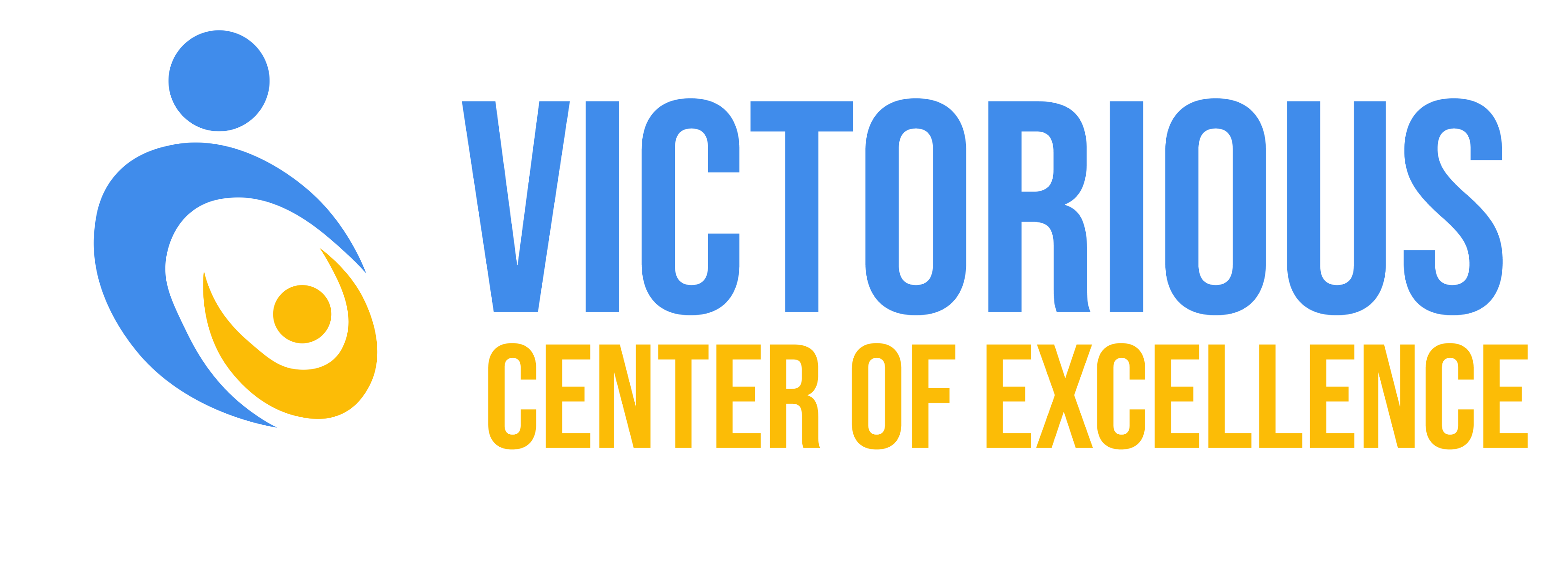What is Speech Therapy?
Speech-language therapy addresses challenges with language and communication. It can help people with autism improve their verbal, nonverbal, and social communication. The overall goal is to help the person communicate in more useful and functional ways.
Communication and speech-related challenges vary from person to person. Some individuals on the autism spectrum are not able to speak. Others love to talk, but have difficulty holding a conversation or understanding body language and facial expressions when talking with others.
A speech therapy program begins with an evaluation by a speech-language pathologist (SLP) to assess the person’s communication strengths and challenges. From this evaluation, the SLP creates individual goals for therapy.
Common goals may include improving spoken language, learning nonverbal skills such as signs or gestures, or learning to communicate using an alternative method (such as pictures or technology).
Examples of the skills that speech therapy may work on include:
- Strengthening the muscles in the mouth, jaw and neck
- Making clearer speech sounds
- Matching emotions with the correct facial expression
- Understanding body language
- Responding to questions
- Matching a picture with its meaning
- Using a speech app on an iPad to produce the correct word
- Modulating tone of voice
Alternative Augmentative Communication (AAC)
Some people with autism find that using pictures or technology to communicate is more effective than speaking. This is known as Alternative Augmentative Communication (AAC). Examples of AAC methods include:
- Sign language
- Picture exchange communication system (PECS)
- iPads
- Speech output devices (such as Dynavox)
The speech-language pathologist can help to identify which AAC method (if any) is right for someone with autism and teach him/her how to use the method to communicate.

